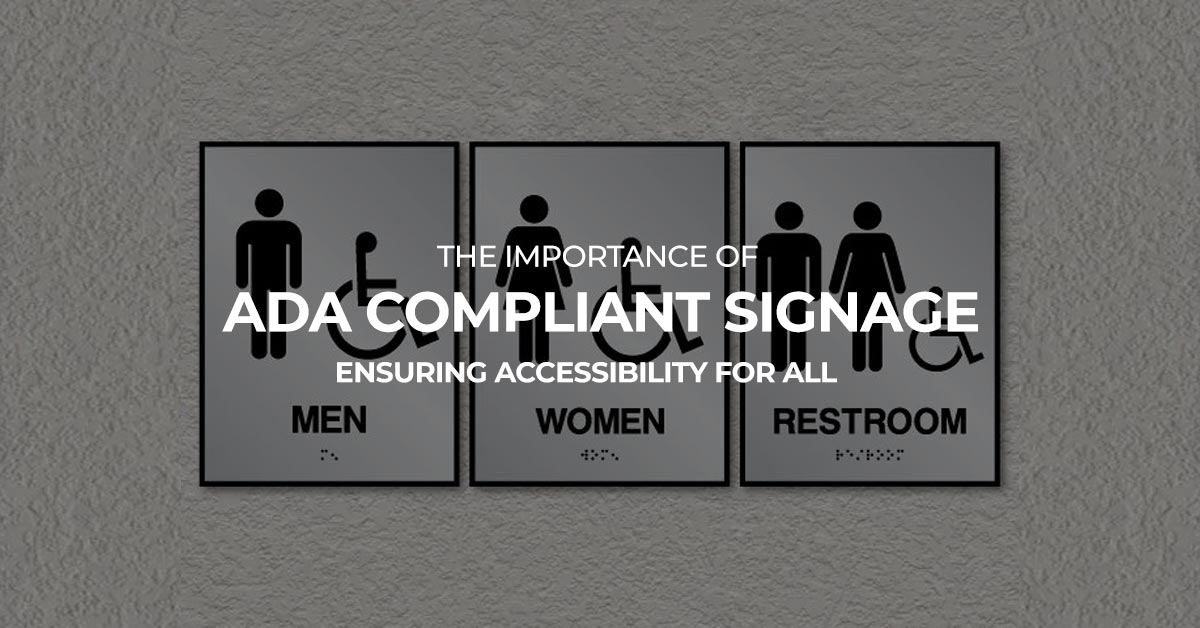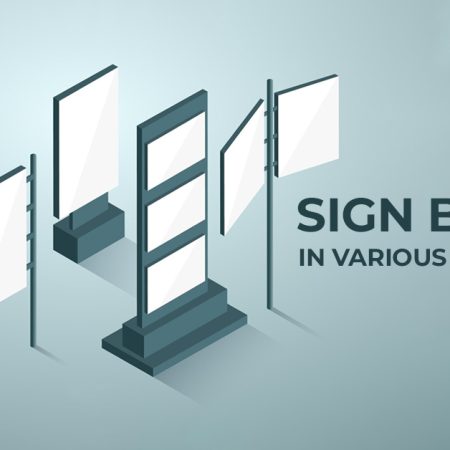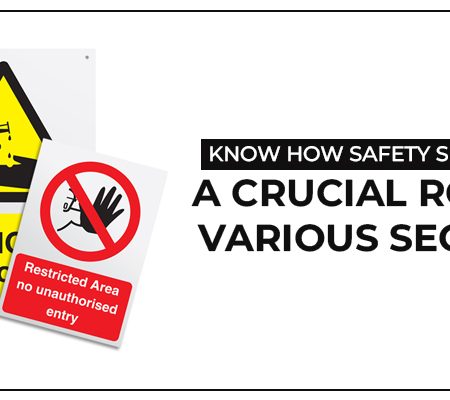The Importance of ADA Compliant Signage: Ensuring Accessibility for All
In a world where inclusivity and accessibility are becoming increasingly important, ensuring that all individuals, regardless of their abilities, can navigate public spaces with ease is paramount. One crucial aspect of this is ADA compliant signage. The Americans with Disabilities Act was passed on 1990 to forbid discrimination against individuals with disabilities and to ensure equal opportunities in employment, transportation, public accommodations, and more. ADA compliant signage plays a vital role in fulfilling the objectives of this landmark legislation by providing clear and accessible information to everyone. In this blog by Hitech Vision, The best sign board manufacturers in Chennai, we’ll delve into the significance of ADA compliant signage and why it’s essential for creating environments that are welcoming and accessible for all.
Understanding ADA Compliant Signage:
ADA compliant signage refers to signs that adhere to the guidelines set forth by the ADA Accessibility Guidelines (ADAAG). These guidelines specify requirements for signage design, including elements such as font style, size, spacing, contrast, tactile features, and mounting height. The primary goal of ADA compliant signage is to ensure that individuals with disabilities, including those who are visually impaired, have equal access to information in public spaces.
Importance of ADA Compliant Signage:
Accessibility:
ADA compliant signage is crucial for ensuring accessibility for individuals with disabilities. By providing clear and easily understandable signage, people with visual impairments can navigate spaces independently. Tactile features such as raised lettering and Braille enable those who are blind or have low vision to read signs through touch, enhancing their ability to move around confidently.
Safety:
In emergency situations, clear signage can be a matter of life and death. ADA compliant signage Chennai plays a vital role in guiding individuals to safety by providing directions to exits, emergency equipment, and designated safe zones. In situations where every second counts, having signage that is universally understood can make a drastic difference in making sure the safety of all individuals, including those with disabilities.
Legal Compliance:
Compliance with ADA guidelines is not just a matter of ; it is a legal requirement for businesses and public facilities. Failure to comply with ADA regulations regarding signage can result in legal penalties and lawsuits. By investing in ADA compliant signage, businesses and organizations not only fulfill their legal obligations but also demonstrate their commitment to inclusivity and accessibility.
Enhanced User Experience:
ADA compliant signage improves the overall user experience for everyone, not just individuals with disabilities. Clear and well-designed signage makes it easier for all visitors to navigate a space efficiently, reducing confusion and frustration. Whether it’s finding restrooms, locating offices, or identifying amenities, clear signage enhances the overall usability of a facility for everyone.
Brand Reputation:
In today’s socially conscious landscape, businesses and organizations are increasingly being evaluated based on their commitment to diversity, equity, and inclusion. By prioritizing ADA compliant signage, companies demonstrate their dedication to creating environments that are accessible and welcoming to all individuals. This commitment enhances brand reputation and fosters positive relationships with customers, clients, and the community at large.
Best Practices for ADA Compliant Signage:
Use Clear and Legible Fonts:
Choose fonts that are easy to read, like sans-serif typefaces, and avoid decorative or overly stylized fonts. Ensure sufficient difference between text and background colors to maximize readability.
Provide Tactile Features:
Include tactile elements such as raised lettering and Braille to make signage accessible to individuals who are blind or have low vision. Tactile features should comply with ADA guidelines regarding size, spacing, and height.
Consider Mounting Height:
Ensure that signage is mounted at an appropriate height to be easily reachable and readable for individuals of varying heights and mobility levels, including those who use wheelchairs or mobility aids.
Include Pictograms and Symbols:
Incorporate universal symbols and pictograms to convey information quickly and effectively, especially for wayfinding and directional signage. Symbols should be easy to understand and universally recognized.
Regular Maintenance:
Regularly inspect and maintain signage to ensure that it remains in compliance with ADA guidelines. Replace damaged or outdated signage promptly to prevent accessibility barriers from arising.
Conclusion:
ADA compliant signage is not just a legal necessity; it is a fundamental aspect of creating inclusive and accessible environments for all individuals. By prioritizing clear, legible, and tactile signage, businesses and organizations can ensure that everyone, regardless of their abilities, can navigate spaces with confidence and dignity. Investing in ADA compliant signage not only promotes safety and accessibility but also enhances brand reputation and fosters positive relationships with customers and the community. As we strive for a more inclusive society, ADA compliant sign boards Chennai serves as a tangible expression of our commitment to equal rights and opportunities for all.





